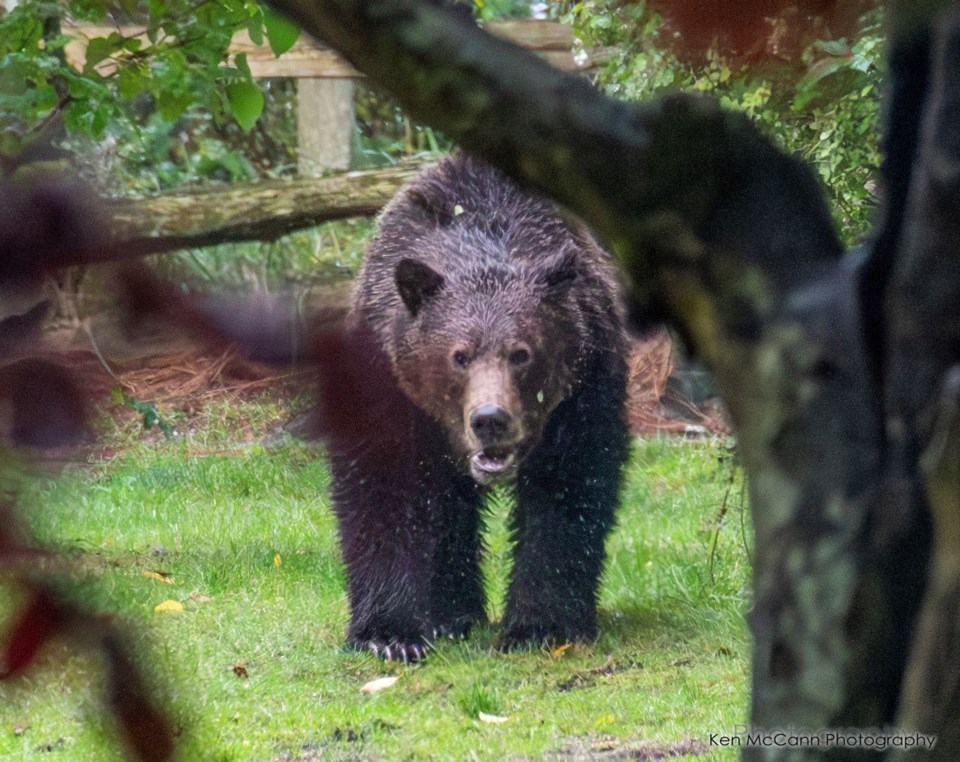A captain with Coastland Marine, says there’s a real sense of satisfaction that comes from helping relocate bears away from the more populated areas of the Sunshine Coast.
“It's a pretty cost-effective way to do it, besides the alternative, and it's really low impact for the bear,” says Kane Rushton.
The “alternative” would be destroying a bear, something conservation officers on the Sunshine Coast have been trying to avoid. On Thursday, Sept. 26, Rushton helped provincial conservation officers relocated a young grizzly bear from Mission Park in Davis Bay. (Conservation officers were not allowed to comment on the grizzly's capture and relocation, due to a staff wide media ban leading up to the Oct. 19 provincial election.) The bear had been seen on the beach in downtown Sechelt around noon that same day, before heading to Chapman Creek, a salmon-bearing stream at Davis Bay.
Rushton says the grizzly was live trapped before being loaded onto the boat.
“And, he just stayed in his cage while we brought him to where he needed to go,” says Rushton. “And he was in pretty good spirits the whole time while we were on the boat. He got a bit of air conditioning with the wind moving on the water. But he liked that.”
So far this year, Rushton has helped relocate a momma black bear and three cubs, as well as two grizzlies, including the one live trapped in Gibsons at the beginning of September. That bear was captured following sightings near schools and in collaboration with RCMP and the public. Rushton says he’s contacted just as soon as the bear is trapped because the officers want it moved as quickly as possible.
“So, they call me and I usually figure out a way to do it as fast as I can.”
When it comes to dropping the bears off, Rushton says the conservation officers decide on a general location, but in cooperation with the crew, an exact location is chosen based on several factors.
“I'm in partnership with a barge landing out here, so we lower the bear onto the boat and then we take them up the inlet and drop them whenever we find a good spot that the officers think they could have enough food and enough habitat for them,” says Rushton. “So, we usually pick a salmon bearing river and the conservation officers usually have a say on where it's going to go, but they do a bit of research and find the best spot that they think the bear can go where it will have enough food and area for it to roam.”
Rushton notes once he maneuvers his boat with the bear on it into place, the conservation officers lift the door off the cage and as soon as the animal jumps off, the crew puts it into reverse and gets off the beach as quickly as possible. That gives Rushton just enough time to take drone footage of the bears heading for freedom.
“We go off Jervis Inlet and there's a pretty big grizzly bear population up there already, but there's also some big salmon rivers on the way up and we usually use those to put the grizzlies,” says Rushton. “It’s nice, there's no one that lives up there at all, so there's no risk of it seeing any of the public and it's a pretty large area up there for them to get back into where they should be.”



